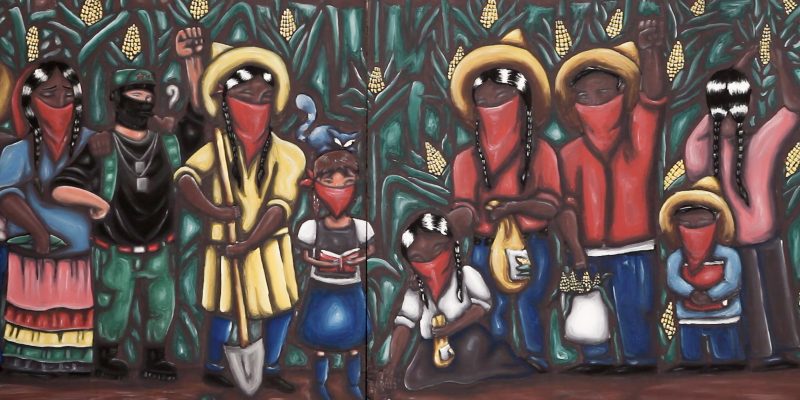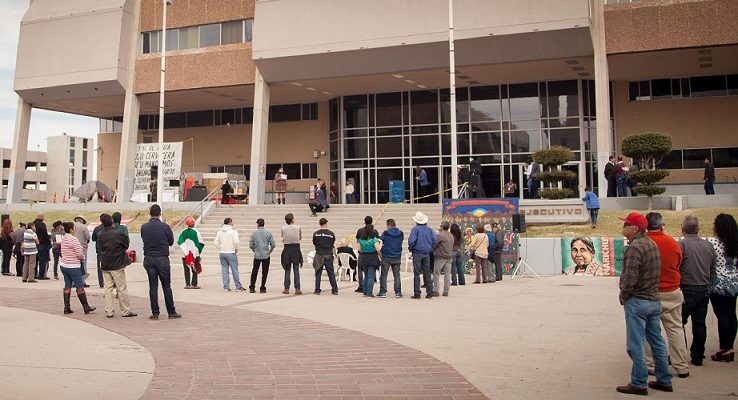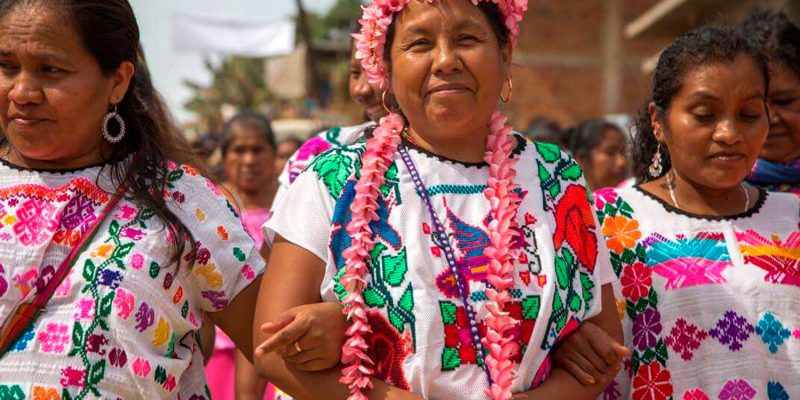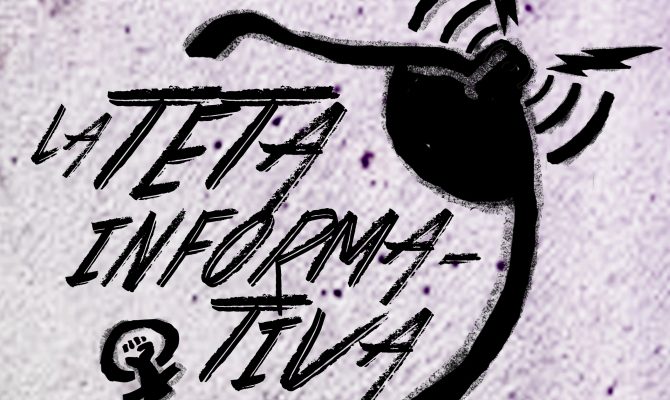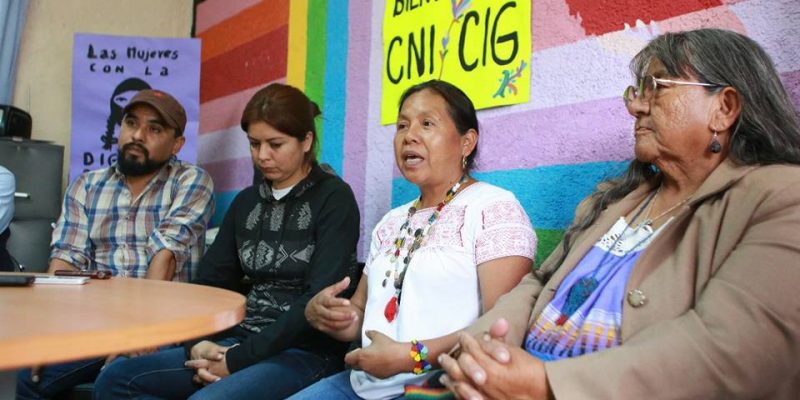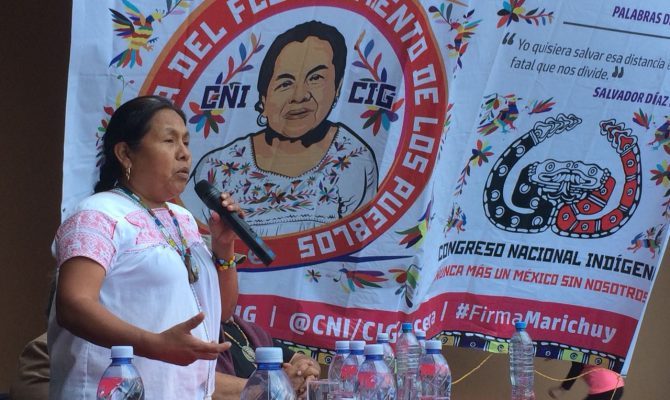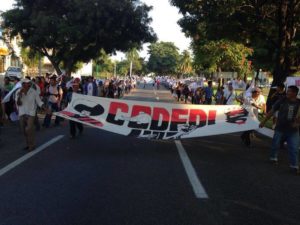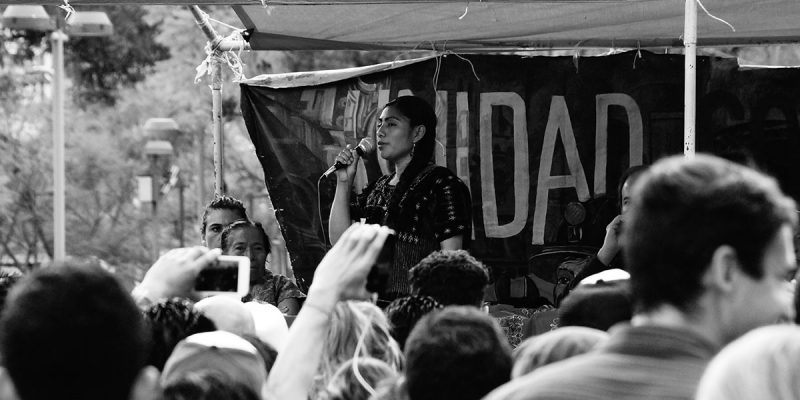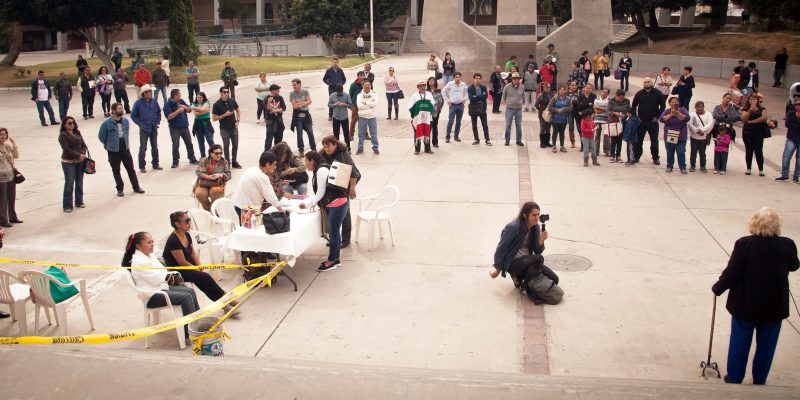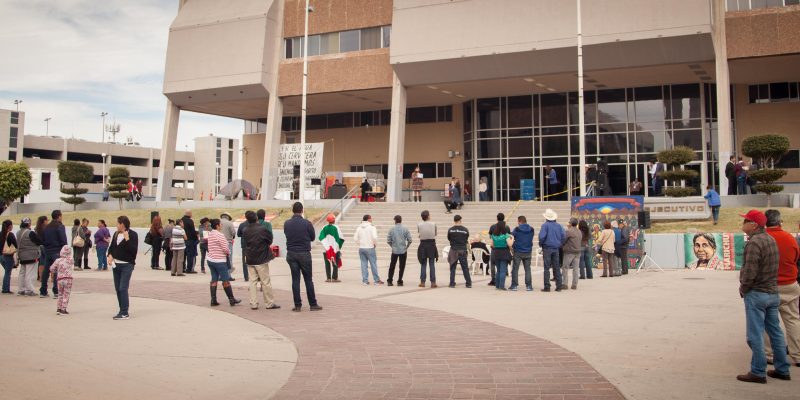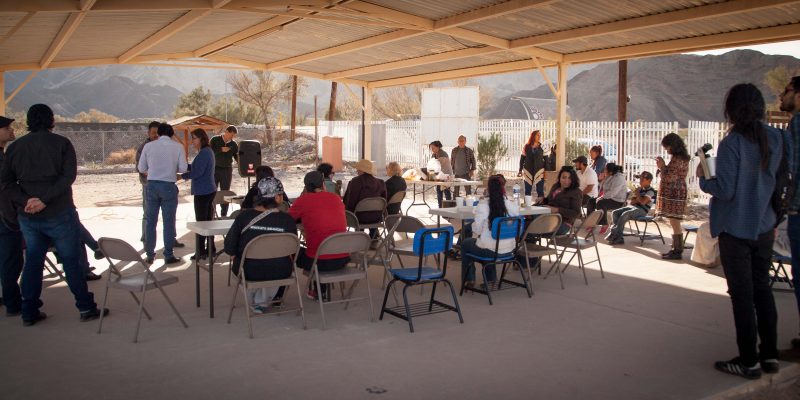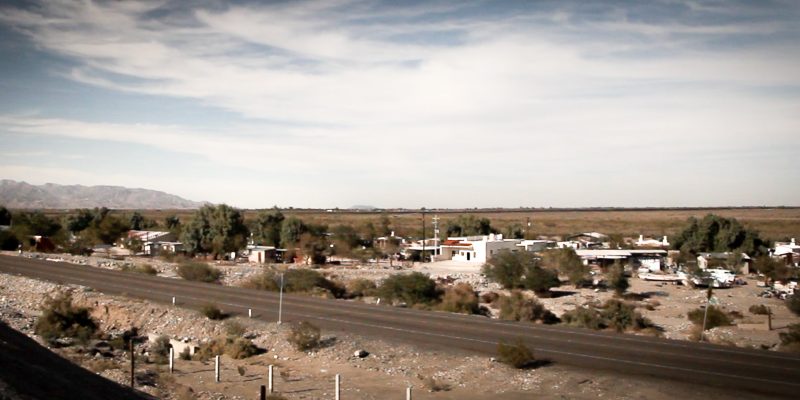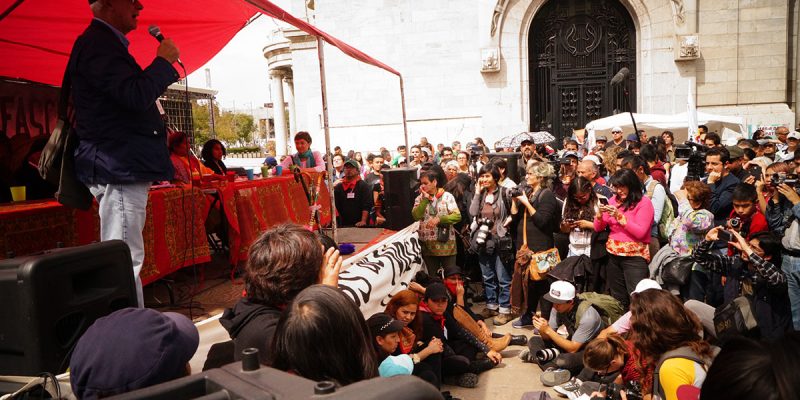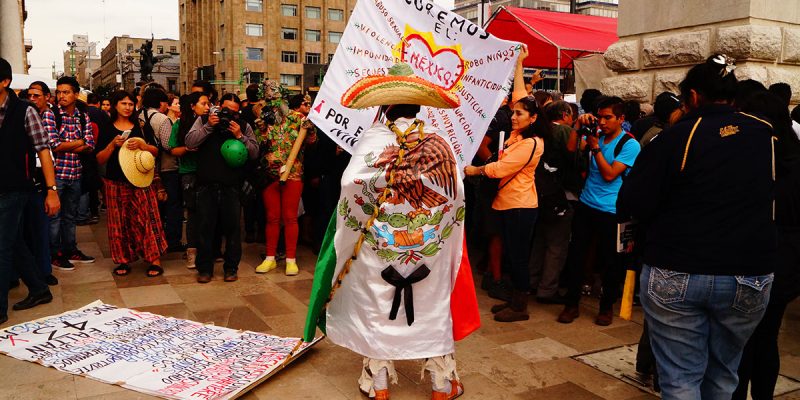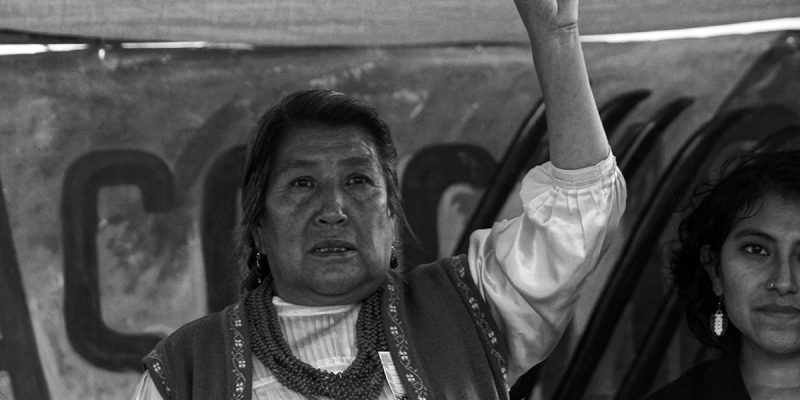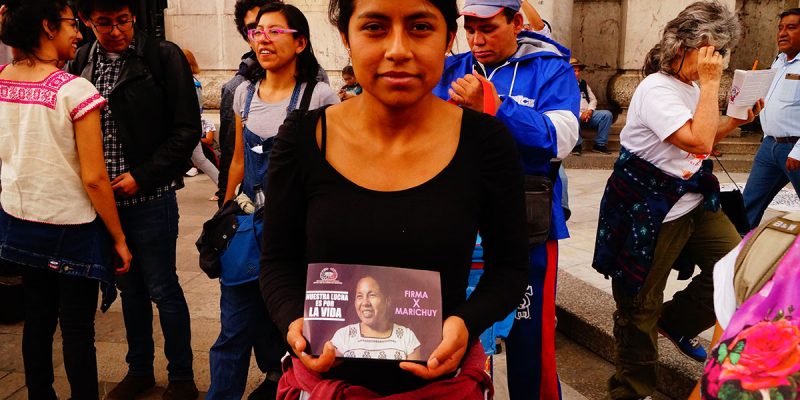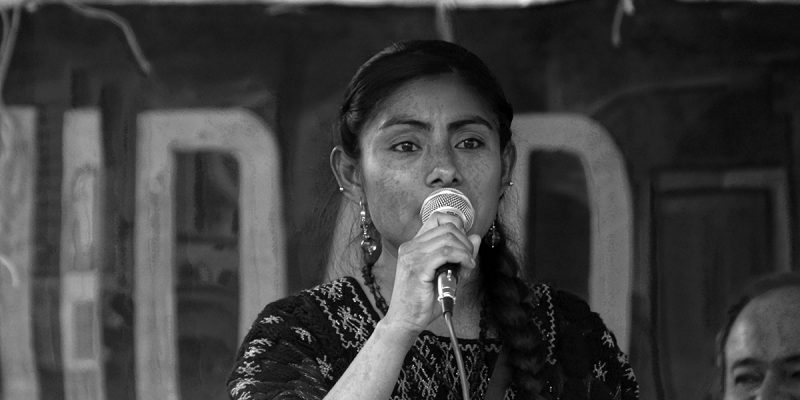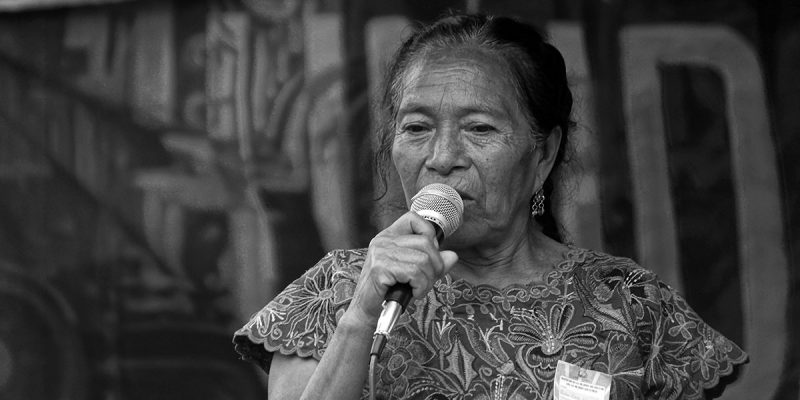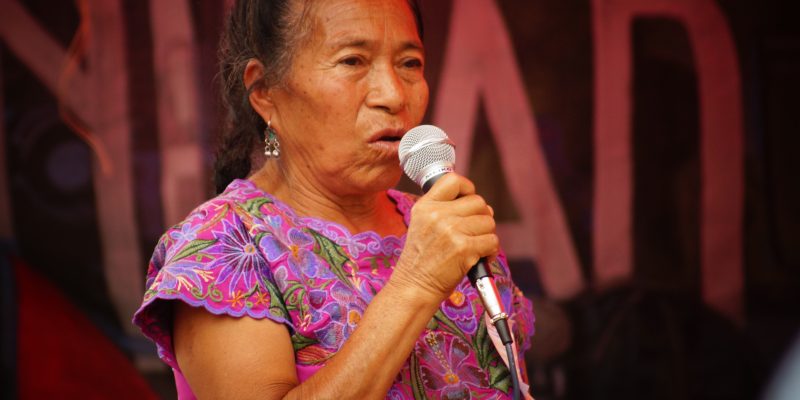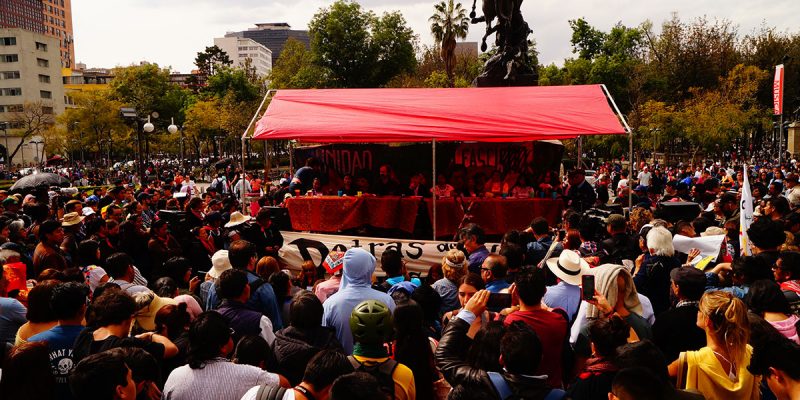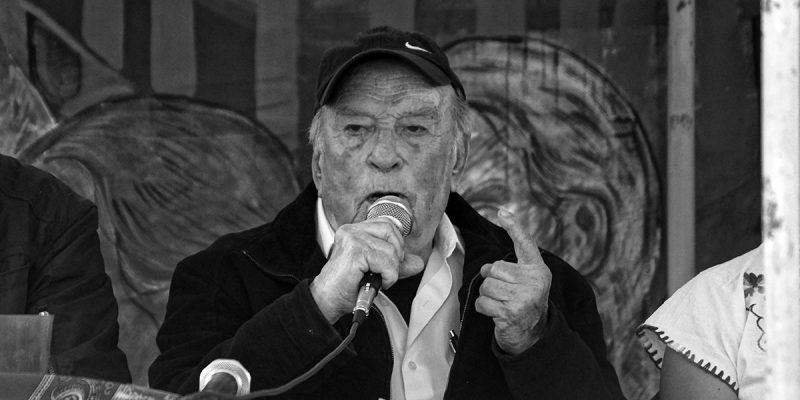
(Español) Comunicado Urgente: Nuestro paso sigue
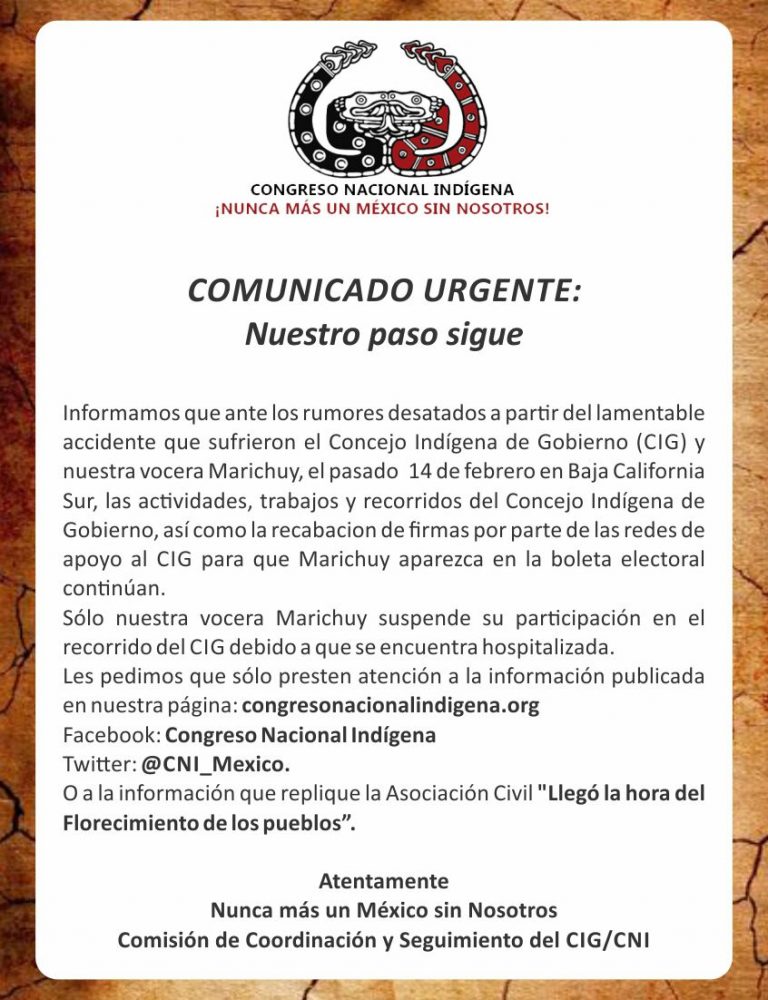
Informamos que ante los rumores desatados a partir del lamentable accidente que sufrieron el Concejo Indígena de Gobierno (CIG) y nuestra vocera Marichuy, el pasado 14 de febrero en Baja California Sur, las actividades, trabajos y recorridos del Concejo Indígena de Gobierno, así como la recabacion de firmas por parte de las redes de apoyo al CIG para que Marichuy aparezca en la boleta electoral continúan.
Sólo nuestra vocera Marichuy suspende su participación en el recorrido del CIG debido a que se encuentra hospitalizada.
Les pedimos que sólo presten atención a la información publicada en nuestra página: congresonacionalindigena.org
Facebook: Congreso Nacional Indígena
Twitter: @CNI_Mexico.
O a la información que replique la Asociación Civil “Llegó La Hora Del Florecimiento De los pueblos”
Atentamente
Nunca más un México sin Nosotros
Comisión de Coordinación y Seguimiento del CIG/CNI
(Español) Evento en Mexicali por el Concejo Indígena de Gobierno
A pesar del terrible golpe sufrido por la caravana del Concejo Indígena de Gobierno (CIG) el pasado 14 de febrero, cuando perdió la vida la compañera Eloísa Vega Castro y varios más de sus integrantes quedaron heridos de diferente gravedad, con ánimo de honrar su esfuerzo y de mantener la llama de la convocatoria, los actos previstos para Mexicali el viernes 16 de febrero se llevaron a cabo.
Una conferencia de prensa abrió la jornada dándose las explicaciones del accidente viario acontecido, para pasar después a un mitin en las escaleras del edificio del Poder Ejecutivo. Varias pláticas desde diferentes militancias resaltaron la validez de la lucha simbólica del movimiento, donde una campaña por las firmas es más que una carrera electoral, y un acto sin candidatos tiene la fuerza de la organización del pueblo detrás. La unión entre capas sociales y por encima de colores o etnias se priorizó ante la personalización de la lucha o la mitomanía ante el poder.
Desafortunadamente la respuesta al llamado fue menor de la esperada, probablemente por la confusión generada tras el accidente, pero eso no le restó profundidad, protesta ni alegría al evento, donde se armó también una mesa en la que se recabaron firmas para el CIG y se compartieron momentos emotivos.
Al finalizar y después de las canciones de un compañero, se viajó hasta El Mayor, comunidad Cucapá, donde mujeres del pueblo agasajaron con una sabrosa comida a la comitiva, y se esbozaron planes para un bonito recibimiento a MariChuy y demás concejales que la acompañen en una futura visita, cuando sus condiciones de salud lo permitan. También desmovilizados por los hechos, los compañeros de la red de apoyo al CIG y los representantes cucapá se comprometieron a ensanchar la organización de cara al próximo encuentro.
En este, continuando con el trabajo, se mandó un abrazo colectivo a la familia de la compañera Eloísa Vega Castro.
